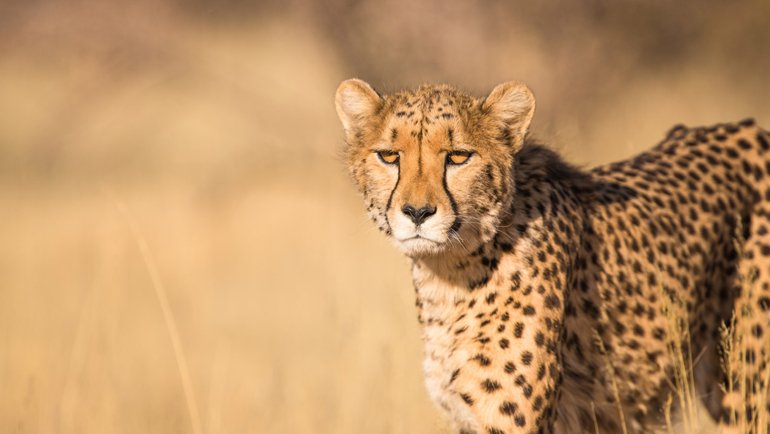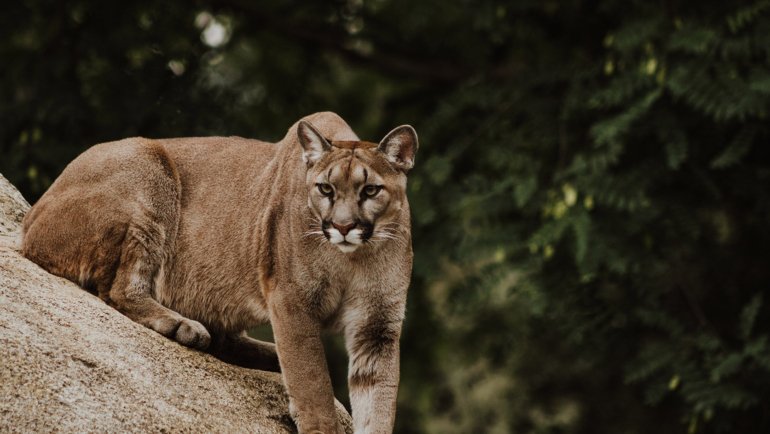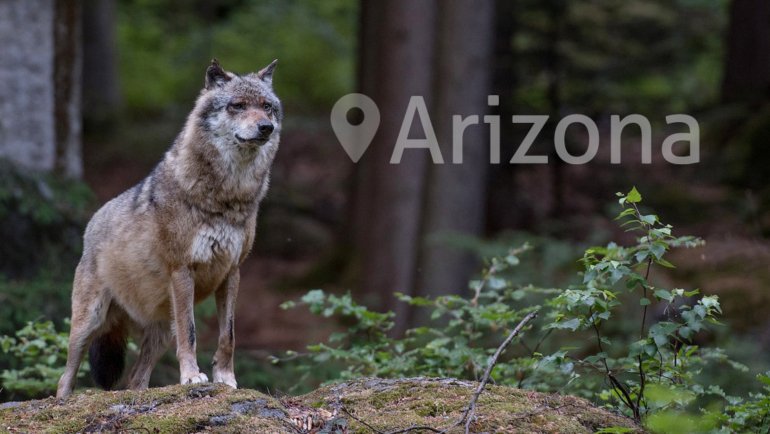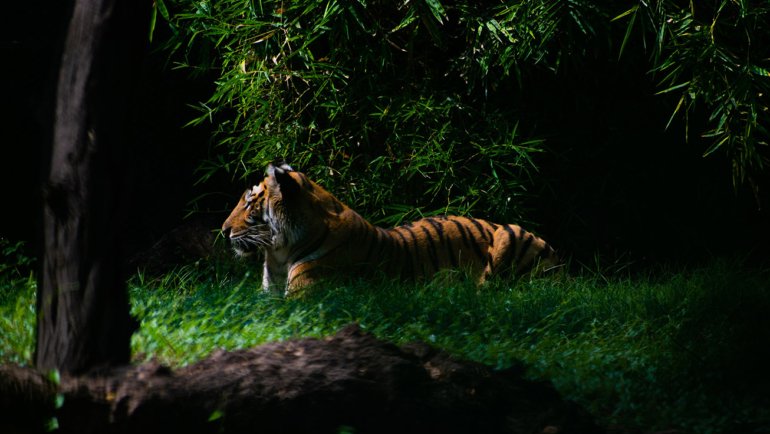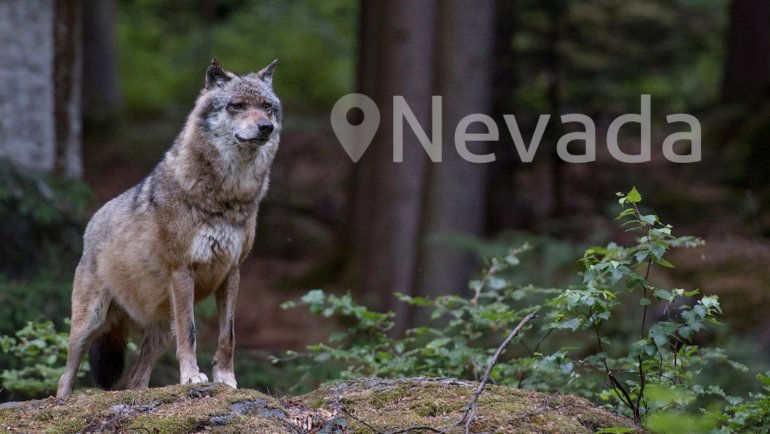Across the animal kingdom, various species exhibit fascinating behaviors and characteristics that capture our attention and wonder. One particularly intriguing aspect of wildlife is the diverse terminology we use to describe groups of specific animals.
In this exploration, we’ll dive into the world of the swift and sleek cheetah, uncovering what we call a group of these majestic big cats and understanding their social structures in the wild.
What is a Group of Cheetahs Called?
When we talk about a group of cheetahs, the term we use is a “coalition”. A coalition of cheetahs usually refers to a grouping primarily of male cheetahs, often brothers from the same litter, who have decided to live and hunt together. This kind of alliance is a distinct aspect of cheetah social dynamics.
Unlike lions that form prides with complex interrelationships involving both males and females, cheetah coalitions are more straightforward. The formation of a coalition among cheetahs is a testament to the importance of teamwork in the wild, especially when territories and hunting privileges are at stake.
While other big cats might have varying social structures, cheetah coalitions stand out due to their familial bonds and collaborative nature.
Do Cheetahs Generally Live in Groups?
The social habits of cheetahs are quite nuanced. Male cheetahs, as previously mentioned, often form coalitions, usually with their siblings. These groups can range from two to about five members, but three is a common number. These coalitions are formed to secure territories and improve hunting success. Together, they can guard a larger territory and even occasionally hunt cooperatively.
On the other hand, female cheetahs are primarily solitary creatures. Once they become independent of their mother, they spend most of their time alone, especially when not raising cubs. The main exception is during the mothering phase, where a female cheetah will be accompanied by her cubs until they’re old enough to fend for themselves.
In contrast to lions, which have a pride system where multiple females and their offspring coexist with a set of dominant males, cheetahs have a different social structure. While coalitions and solitary females have their territories, they don’t form the extended family groups that lions do.
In essence, while cheetahs do exhibit group behaviors, especially among males, their social structure is distinct and tailored to their specific needs and the challenges they face in the wild.

Formation and Purpose of Cheetah Coalitions
The vast savannas and open grasslands where cheetahs roam are places of beauty, but they’re also fraught with challenges and competition. Amidst these challenges, the formation of coalitions by male cheetahs is a strategy aimed at increasing survival odds.
Why Do Cheetahs Form Coalitions?
The primary reason male cheetahs form coalitions is strength in numbers. The wilderness is filled with potential threats — larger predators like lions and hyenas who won’t hesitate to harm or even kill a lone cheetah. By forming a coalition, cheetahs increase their chances of warding off these threats.
The advantages of being in a coalition are varied:
- Hunting and Territory: While cheetahs are exceptional solo hunters, a coalition can cooperate to hunt larger prey or drive off competitors from a prized catch. Moreover, a coalition can guard and patrol a larger territory, ensuring they have ample hunting grounds and reducing the risk of encroachments from rivals.
- Mate Acquisition: Coalitions also increase the likelihood of securing mating opportunities. A group of males can better ward off rival suitors and establish dominance in regions where there are fertile females.
- Shared Vigilance: With more eyes on the lookout, coalitions can spot threats or potential prey from a distance, providing them an advantage in both defense and offense.
The Composition of Coalitions
While coalitions can occasionally include unrelated members, they’re most commonly composed of brothers from the same litter. This familial bond is built from their days as cubs and carries into adulthood, ensuring trust and cooperation amongst the group.

Female Cheetah Groupings
Contrasting the coalitional behavior of males, female cheetahs present a different set of social norms. Their approach to life on the savanna is primarily shaped by their roles as mothers and the unique challenges they face.
The Solitary Nature of Female Cheetahs
Female cheetahs are, by nature, solitary creatures. Once they reach maturity and separate from their mother and siblings, they mostly live and hunt alone. This solitary existence is primarily a mechanism to reduce competition for resources, as two female cheetahs in the same territory might struggle for the same prey.
Female Groupings During Motherhood and Raising Cubs
While they usually prefer solitude, female cheetahs do, of course, interact with others during mating. After giving birth, the mother becomes the sole protector and provider for her cubs, teaching them the necessary skills for survival. During this period, the mother and cubs form a tight-knit unit, constantly on the move to avoid threats and find food.
Once the cubs reach a certain age, they will disperse, with females tending to set off on their own, and males potentially forming coalitions with their brothers.
How Long Do Coalitions Last?
Coalitions, typically formed amongst brothers, can last a lifetime. Given that the average lifespan of a cheetah in the wild is around 10-12 years, a coalition could potentially remain intact for many years, provided external factors do not intervene.
Several factors can spell the end for a coalition:
- Death: A cheetah’s life in the wild is fraught with danger. While being in a coalition provides some protection, individual members can still fall prey to larger predators, diseases, or injuries sustained during hunts.
- Mating: Occasionally, a coalition may disband temporarily if one or more members break off to mate.
- Territorial Disputes: Fights over territory with rival coalitions can sometimes lead to the dissolution of a coalition, especially if they are consistently outcompeted.
The Tano Bora: A Remarkable Cheetah Coalition in The Maasai Mara
The Maasai Mara, a region renowned for its diverse wildlife, has witnessed many spectacular animal stories. However, few tales have captivated wildlife enthusiasts and photographers quite like the rise of the Tano Bora. Their name, which translates to “The Magnificent Five” in Maa, reflects their formidable presence and unique dynamics as a coalition.
Formation and Dynamics: In stark contrast to typical cheetah behavior, the Tano Bora has challenged conventional wisdom about these spotted big cats. While male cheetahs typically prefer solitude or might pair up after reaching adulthood, it is a rarity to witness such a large group bonding. This impressive coalition has been dominant in the Mara since 2016, offering a different narrative about cheetah alliances.
Composition and Individual Traits: Interestingly, the Tano Bora isn’t entirely composed of brothers. Only two members hail from the same litter, with at least one of the cheetahs being a non-related individual who integrated into the group. Over time, the unique personalities of each member became evident:
- Olpadan (‘Great Shooter’ in Maa) – Recognized as the initial leader of the coalition, Olpadan occasionally displayed bullying tendencies, with Olonyok often at the receiving end of these bouts.
- Olonyok (‘The one who puts efforts to achieve better results’ in Maa’) – The new leader of the coalition, along with Winda.
- Olarishani (‘Judge’ in Maa) – Noted for his hunting prowess, he also plays the peacemaker, often intervening during internal disputes.
- Leboo (‘The one who is always within a group’ in Maa) – Typically sociable and content with the group’s decisions.
- Winda (‘Hunting’ in Kiswahili) – True to his name, Winda’s hunting skills are unparalleled.
Sadly, by early 2022, Olpadan and Olarishani had passed on, leaving the coalition renamed the Tatu Bora. The three continue to patrol the regions between the Maasai Mara National Reserve and the northern conservancies, maintaining their legacy.
The Coalition in Action: Their combined power is evident in their remarkable hunting strategies. Observing all members of the Fast Five in a synchronized chase or collaborating to tackle an adult wildebeest is truly a sight to behold.
Reproduction and Territory: Their sizeable group dynamics provide numerous advantages. While they might occasionally compete for mating rights, often several members mate with a single female. This ambiguity surrounding paternity results in an intriguing behavior: the coalition members tend to be less aggressive towards cubs they encounter, unsure of their potential lineage.
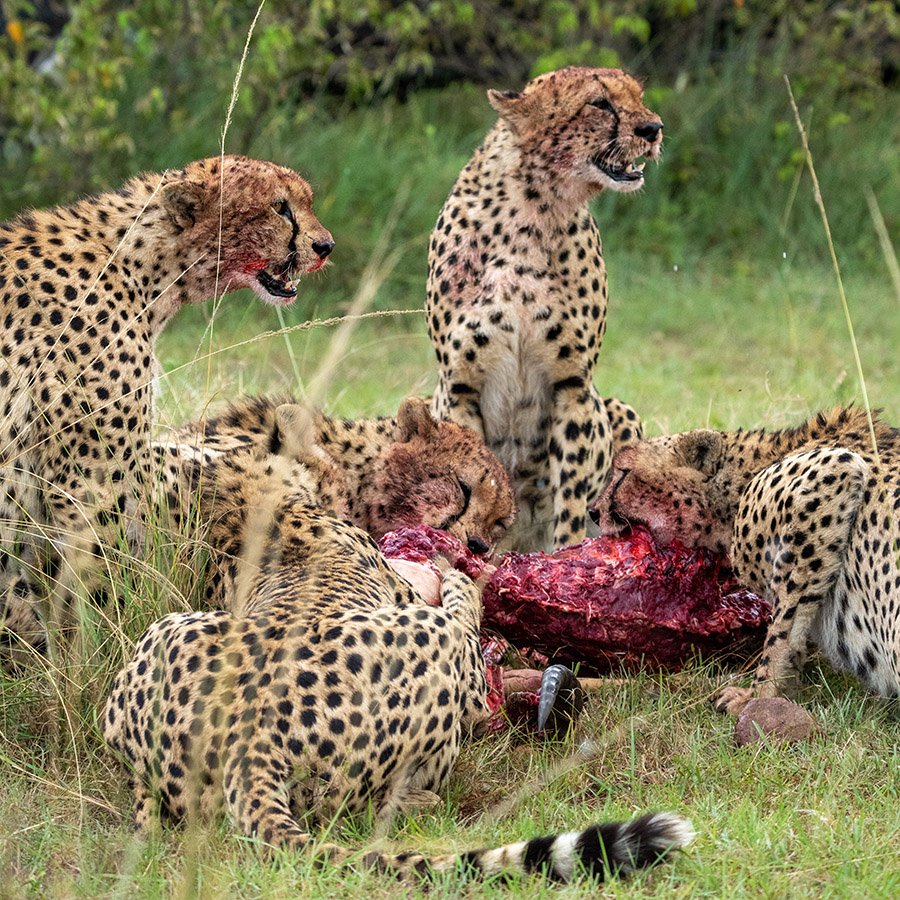
Coalitions vs. Other Animal Group Names of the African Savanna
The African savanna, a vast ecosystem teeming with wildlife, has offered up numerous unique names for groups of animals. These titles often carry hints about the behavior, characteristics, or history of these creatures.
The term “coalition” for a group of cheetahs is just one of many fascinating nomenclatures. Here’s a look at some of the distinctive names for animal groups in the savanna and the stories behind them:
- Pride of Lions: Perhaps one of the most renowned group names, a lion pride usually comprises related females, their offspring, and a small number of adult males. The term “pride” can be attributed to the social nature of lions and their regal and dominant demeanor in the animal kingdom.
- Obstinacy of Buffalo: African buffalos are known for their strength and stubborn nature. When threatened, they form a tight group, presenting a formidable front to potential predators.
- Crash of Rhinos: This seemingly odd term might refer to the powerful, often unpredictable nature of rhinos. When they move together, their combined force can be likened to a “crash.”
- Troop or Congress of Baboons: Baboons live in well-structured groups, often engaging in complex social interactions. The term “congress” can be humorous, reflecting the organized yet occasionally chaotic nature of baboon gatherings.
- Dazzle of Zebras: When zebras stand together, their combined stripes can create a mesmerizing pattern, confusing predators and making it hard to single out an individual.
- Journey of Giraffes: This poetic term encapsulates the graceful, unhurried movements of giraffes as they traverse the vast plains of the savanna.
Frequently Asked Questions
Are coalitions exclusive to cheetahs?
No, the term “coalition” is not exclusive to cheetahs. While cheetah coalitions are well-known, other animals, especially male lions, can also form coalitions, often between brothers, to strengthen their control over a territory or a pride of females.
How do new cheetahs join a coalition?
Cheetah coalitions typically form among brothers from the same litter. However, occasionally, unrelated males might join an existing coalition, especially if they have grown up in close proximity and have developed a bond over time.
Do coalitions ever fight with each other?
Yes, cheetah coalitions can and do fight over territory or access to mates. These encounters can be aggressive and potentially injurious. Dominant coalitions usually have an advantage, securing the best territories and access to more females.
How do cheetahs communicate within a coalition?
Cheetahs use a combination of vocalizations, body language, and scent marking to communicate. Within a coalition, mutual grooming and purring are common, reinforcing bonds between members. Vocalizations like chirps, growls, and spitting can be used to convey various messages or emotions.
What happens when a member of a coalition dies?
The loss of a member can be challenging for a cheetah coalition, especially if it affects the balance of power or hunting efficiency. The remaining members might become more vulnerable to rival coalitions. However, the surviving members will usually stay together, continuing to defend their territory and hunt collaboratively.
How do females react to male coalitions?
Female cheetahs tend to be solitary, but they are attracted to strong coalitions as it might offer better protection for their offspring. A robust male coalition can provide security against other male cheetahs who might threaten her cubs.
Are there any known instances of female cheetahs forming coalitions?
Female cheetahs are generally solitary, especially after leaving their mother. They do not form coalitions like males. However, a mother might be seen with her grown daughters for a brief period before they eventually separate.
Other Articles to Learn More About Cheetahs
- Cheetah: Characteristics, Diet, Facts & More [Fact Sheet]
- Cheetahs – 30 Fascinating Facts, Info & Pictures
- How Long Do Cheetahs Live? All About Cheetahs’ Lifespan and Life Cycle
- What Eats Cheetahs? Here Are Their 5 Main Predators
- Can Cheetahs Climb Trees? A Detailed Answer
- How Many Cheetahs Are Left in the World? Why Are They Endangered?
- Where Do Cheetahs Live? A Look at Cheetahs’ Habitat and Range
- What Do Cheetahs Eat? A Comprehensive Guide to Their Diet
